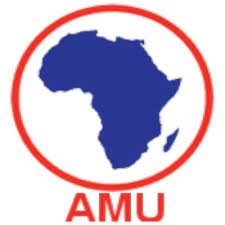3MC Presents:
African Mathematical School on Quantitative Biology: Applications in Epidemiology, Ecology and Cancer
19-27 February 2024, NWU, Potchefstroom
Partners

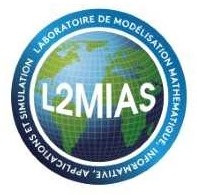
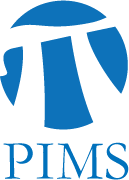

Sponsors
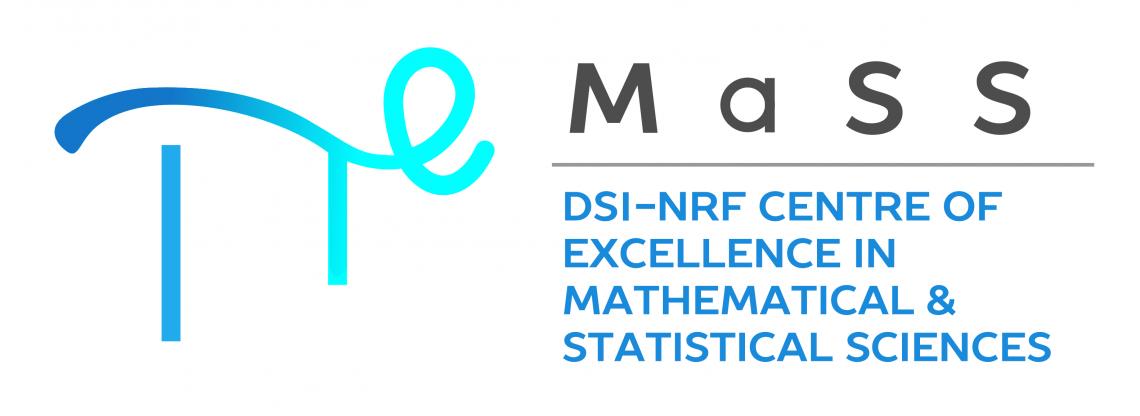
Disclaimer: Opinions expressed and conclusions arrived at are those of the author and are not necessarily to be attributed to the CoE-MaSS.
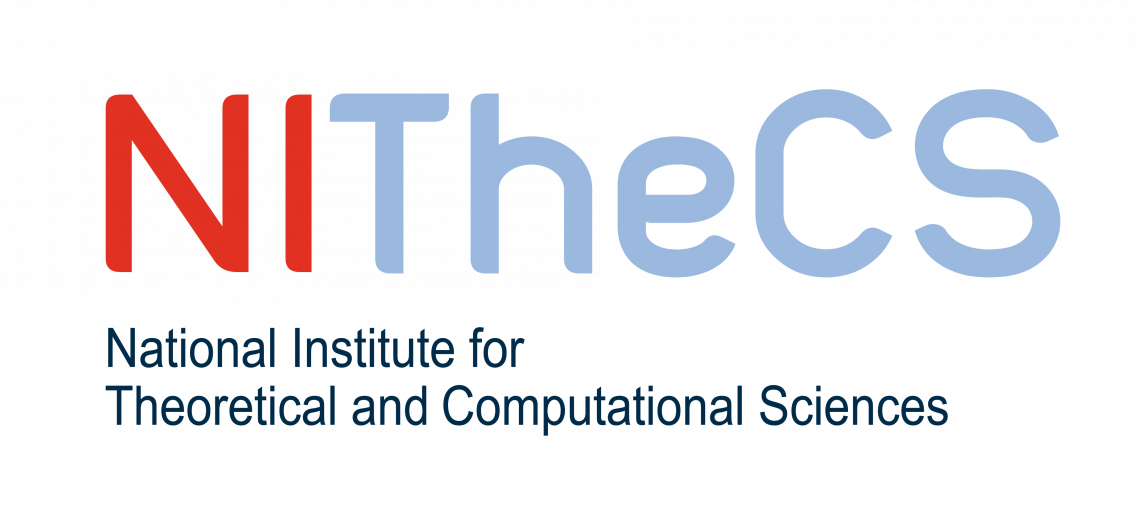
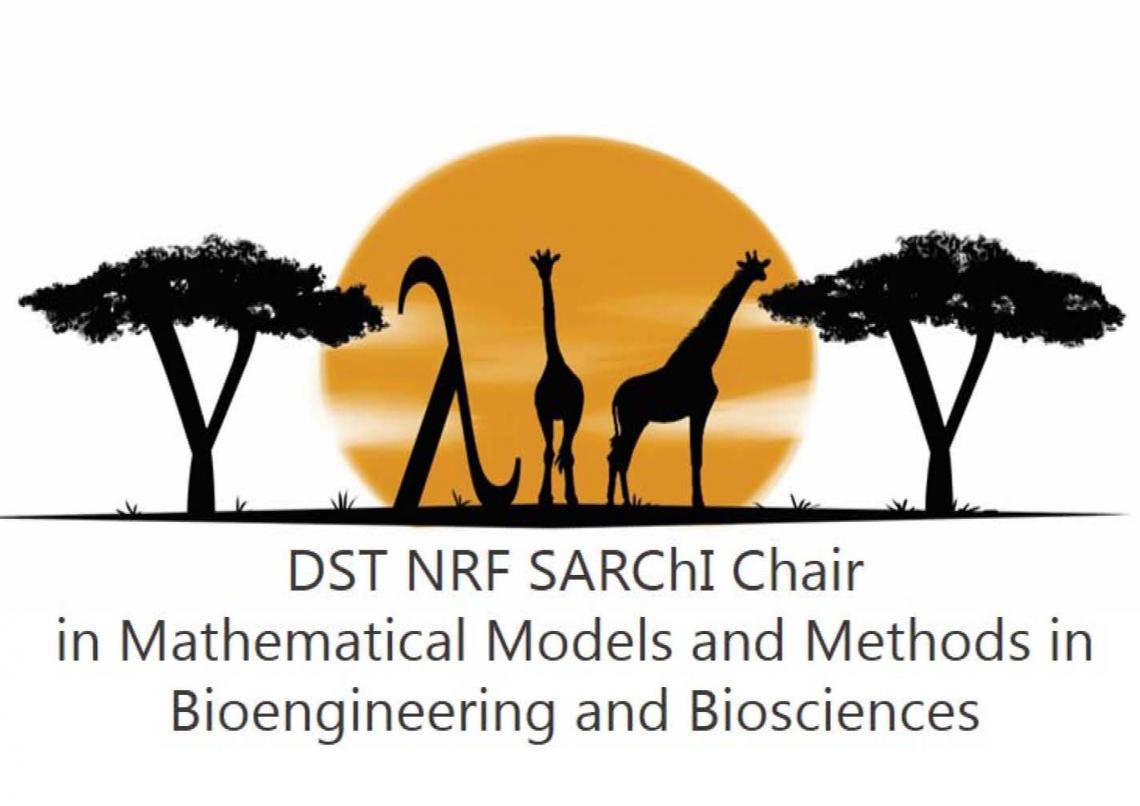


Mini-Courses
Details of the mini-courses.
Mini-course 1: Prof Julien Arino
Course title: Introduction to mathematical epidemiology
Description: This course will present basic concepts in mathematical epidemiology as well as extensions of basic concepts to situations relevant to public health. The course will start with considerations on the formulation, mathematical and computational analysis of several well known models, in order to illustrate the different techniques used. More complex models for specific diseases, methods for dealing with specific issues (vaccination, age-structure, spatial spread) and different modelling paradigms (stochastic, continuous structure) will then be presented.
i) Introduction - the SIR and SLIR models
ii) Taking into account more complicated processes
iii) Spatio-temporal spread and other structured models
iv) Other ways to model epidemiological processes: networks, agent based models, etc.
Mini-course 2: Prof Jacek Banasiak
Course title: Partial differential equations – classic and modern
Content: Modelling with partial differential equations; First-order equations; Classical methods for the diffusion equations; Travelling waves; A glimpse of Sobolev spaces; Variational methods for partial differential equations; Fixed point techniques and nonlinear problems; Reaction-diffusion problems
Mini-course 3: Prof Inger Fabris-Rotelli
In these lectures we will cover the types of spatial data, spatial autocorrelation and measurement of it, as well as Kriging for geostatistics data (lectures 1 and 2) and spatial compartmental disease modelling and sensitivity analysis of these models (lectures 3 and 4).
i) Introduction to Spatial Statistics, Part 1
ii) Introduction to Spatial Statistics, Part 2
iii) Spatial Epidemiology, Part 1
iv) Spatial Epidemiology, Part 2
Mini-course 4: Prof Sandrine Etienne Manneville
Description: The cell biology course will cover the basics of biology to understand the need for computational approaches that can be applied to modelling the cell, viral infections or cancer development. Pathogenic viruses attack cells directly and disrupt molecular mechanisms to their advantage. Cancer is a disease that stems from a malfunction in the cell, and the great diversity of cancers is due to the great diversity of cells. The course will therefore begin with a presentation of cells, the structural, morphological and functional units of living organisms. In a second part, we will present how viruses are transmitted, their different mechanisms of entry into cells and the processes of viral replication. In the third part, we will look at how healthy cells can give rise to cancers and the main stages of carcinogenesis. This will enable us to discuss the importance of morphological, imaging, genomic and transcriptomic data in the characterisation of cancer cells. The final part will cover diagnostic and therapeutic approaches and show how the recent contribution of image analysis and bioinformatics to the development of new strategies.
i) The cell, the unit of living organisms. History, classification of cells, cells in multicellular organisms, differentiated cells.
ii) Viruses in the cell: the nature of viruses; transmission and entry into cells; viral replication.
iii) Cancers: similarities and differences; major stages of carcinogenesis (e.g. colorectal cancer); molecular mechanisms of tumour development, diagnostic methods and therapeutic approaches.
Mini-course 5: Prof Stephanie Portet & Prof Patrick Tchepmo Djomegni
Introduction to modelling: Basic modelling concepts will be introduced such as workflow of mathematical modelling, mathematical formalisms, and types of models.
Model Calibration and Selection: Mathematical and statistical models are useful in biology to unravel mechanisms and test hypotheses. Models depend on parameters whose values are unknown but that can be estimated when data are available (model calibration). An overview of parameter estimation methods and inherent problems related to model calibration will be presented. A powerful investigative tool in mathematical biology is to consider not a single mathematical model but a collection of models designed to explore different working hypotheses and select the best model in that collection based on data. The use of collections of models will be motivated. Some procedures for model selection based on experimental data will be described. Rough derivation, practical technique of computation and use will be detailed.
Insight of Dynamical Systems: Basics tools to study qualitative behaviors of systems will be introduced.
Mini-course 6: Prof Nikolaos Sfakianakis
Course title: Mathematical Oncology: A differential equation approach to cancer growth and metastasis
Description: Cancer is a complex disease, the second largest cause of death in the world. Beginning with genetic mutations in a single cell, cancer progresses through several key growth phases: the avascular growth phase, tumour-induced angiogenesis, surrounding tissue invasion, and metastasis. Because of its complexity and multiscale nature, the prevention and treatment of cancer is an extremely difficult problem. In this module we will introduce the mathematical modelling of the key phases of cancer progression and treatment via immunotherapy, chemotherapy and radiotherapy. The mathematical models developed and studied will be of the form of linear and nonlinear ordinary-, partial- and stochastic-differential equations. The followings will be presented:
i) Introduction and basic concepts.
ii) Tumour spheroid models of cancer growth.
iii) Immune response system and space dependent models.
iv) Chemotaxis, Haptotaxis, and Angiogenesis, and Advection-Reaction-Diffusion systems.
v) Tissue invasion and hybrid modelling.
vi) Metastasis, whole organism models, and treatment.
Mini-course 7: Prof James Watmough
Course title: TBA
Description: Biological invasions, infections and disease outbreaks have many features in common: they each involve the spread of an invading pathogen or organism into an established community; the initial spread is plagued with false-starts and proceeds in fits and bumps; both the invader and the host community are structured and heterogeneous; and the host community's structure is dynamic, it may adapt to the invader, or it may collapse to an alternate stable state. The objective of these four lectures is to first introduce several classic ecological and in-host infection models using the simple stochastic-birth death process as a starting point, and then to introduce important modelling and analytical techniques along with model complexity. We examine the classic epidemic-threshold familiar from the SIR model in the context of both stochastic and deterministic ecological and in-host models. More complicated models of intra-guild predation and immune system dynamics are introduced in tandem to highlight their common features. Examples and tutorials will make use of the stochastic simulation (GillespieSSA) and differential equation packages available in R and julia.

